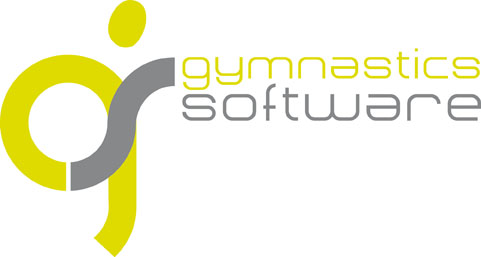What is meta-data? Meta-data is an IT term and in short it refers to data about data. When you enter a symbol into the GS Judge application, that is data. The DV that appears above the symbol, is the meta-data. Every symbol on every apparatus requires a lot of meta-data. For example on balance beam, we need to know for every symbol:
Having one of these values wrong for a symbol, can have a serious impact on the calculation of an exercise. Today I encountered such a problem. The acro line below was not recognized as a series with two different saltos. The reason was that the meta-data of the whip salto was incomplete: it lacked the BA rotation value and therefore was not recognized by the program as being a salto. The end result was one CR missing, which was a mistake of 0.5 points.
When the new version will be released next week, I expect that more meta-data bugs will surface. If you detect one, don't hesitate to report it so we can improve the product.
Regards, Tom


No comments:
Post a Comment